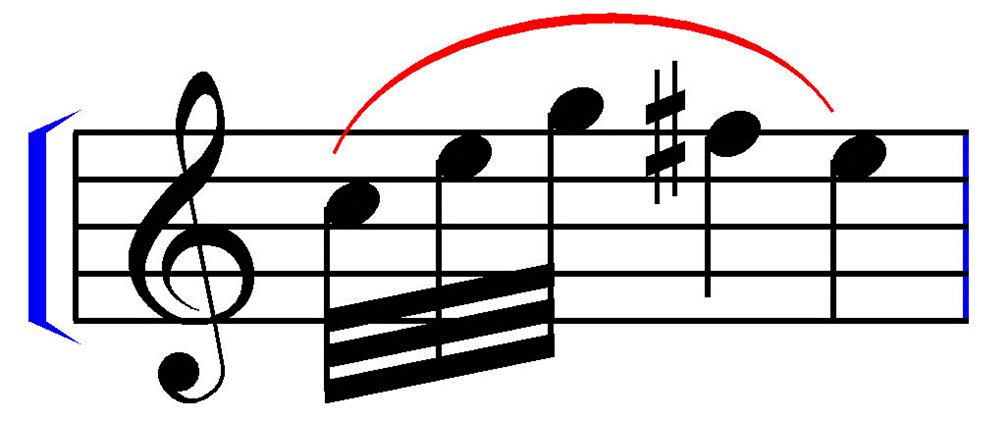

| MUSIC HOME | ANTHEMS | ORCHESTRAL WORKS |
| SCIENCE SONGS | CHILDREN'S MUSIC | DIRECTOR'S CORNER |

|
 |
|||||
|
About Orchestration |
|
|
In my opinion orchestration is more than writing music for instruments. It is also about instrument placement. CHOIR DIRECTORS MUST KNOW ABOUT PLACEMENT!!! CHOIR ORCHESTRATION 1) Choir member placement - Placing choir members by height is the WORST strategy, because it has no musical justification. If you've never learned how to place choir members - learn! Turns out that you can fix tone, tuning, and even tempo just with how you place choir members. How? Put two members together and have them sing something rhythmic. Then switch them. Decide which is best. Then add another and start moving them around each other. 2) Section placement - There are many ways to put the sections together. During my college days our choir had basses behind the sopranos on the director's left and tenors behind altos on the right. At the section junction, in the center, was the strongest harmony singers. One year, though, the director moved us into blocks: top to bottom was an entire section (I don't remember the order). That was the only year we had trouble tuning, so I have decided that block sections to be a bad choice. The most basic function of placement is volume control. The trumpets are in the back of the orchestra because they are loud. In one of my choirs I had two rows of women and a few men. So I immediately moved the men to the front of the choir. The congregation's reaction? "Where did you get all of the men?" The men were so much louder that the congregation thought there must be more men. |
ORCHESTRA ORCHESTRATION 1) Instrumental direction - I once sat thru a friend's orchestral rehearsal. He was troubled by the sound. I quickly pointed out that the cello was pointing outward, away from the rest of the ensemble (as was the brass). When he made the cello turn the following night, he could hear it and it blended. The french horn points backwards and has a hand stuck into the bell. We've all been told this is for tuning. NOT! They have tuning slides for that. These two practices are for volume, so that the orchestra can have brass warmth without the overwhelming volume of the trumpets and trombones. (Don't think that a horn can't be loud. Find a gutsy hornist and have them turn that ax around you'll have full power!) 2) The floor is important - In the same rehearsal as above the oboe and clarinet seemed to be playing, but there was no sound. I pointed out that they were playing into carpet. My friend went out and bought plywood and placed it below the woodwinds. Voila! Clarinet and oboe!!! 3) Instrument placement - The louder the instrument, the farther back it goes. Obvious? OK, then read below. |
CHOIR AND ORCHESTRAL WORKS - INSTRUMENT PLACEMENT In the recording of my "I AM!" cantata the choir is much easier to hear than in the other cantatas. Why? Because of placement. I put the strings and winds very close to the choir (as close to them as I could possibly get). The brass? On the side and farther back. Yes, you heard me right - almost behind!!! One of my professors told me that composers of old (Haydn, Bach, etc) understood this well. Supposedly they would have two conductors - one for the choir, which was in front, and one for the orchestra, WHICH WAS IN BACK!!! Again, the louder the instrument, the farther back it goes. Trumpets should be in the next time zone (or at least to the side or behind). How you work out sight lines is the creative part. DO NOT be stuck with convention. Symphony orchestras always have the choir in the back because they have two or three hundred voices singing against only two or three trumpets. You don't have that luxury. Do what you have to: orchestrate correctly! |
|
|
|
|